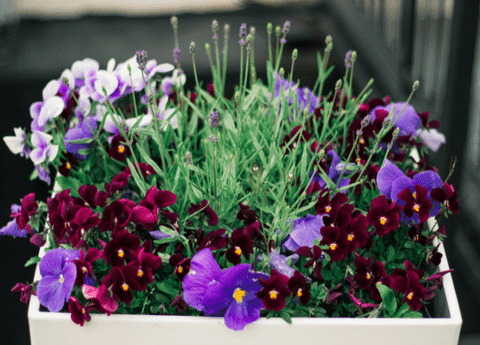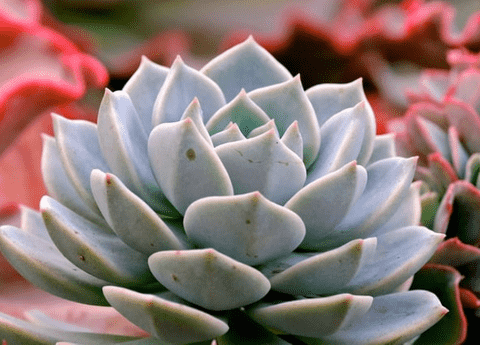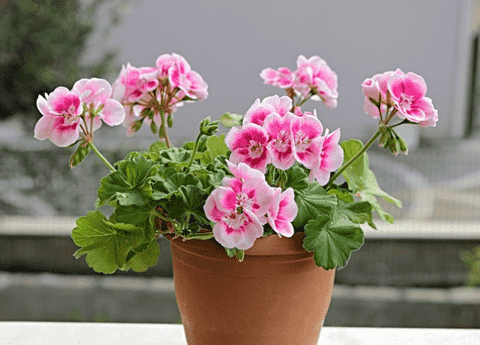Homegrown Coffee: How to Cultivate and Care for Coffee Plants in Your Garden
Table of Contents
Cultivating your own coffee in the backyard can be an immensely rewarding experience, blending the joy of gardening with the satisfaction of brewing a cup of coffee from beans you’ve grown yourself. While coffee plants thrive in specific conditions, with the right knowledge and care, they can flourish even in a home garden setting. This guide aims to provide you with five essential tips for successfully growing coffee at home, ensuring that your journey from bean to cup is both enjoyable and fruitful. Join us as we delve into the key aspects of nurturing coffee plants, from selecting the right variety to harvesting and processing your coffee beans.
Preparing Your Soil
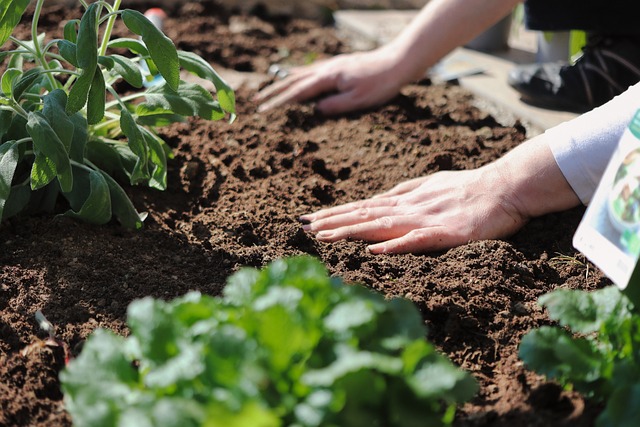
Choosing the Right Location
When it comes to growing coffee, choosing the right location is crucial. Coffee plants typically thrive in regions that offer partial shade and protection from strong winds. Ideally, you should select a spot in your garden that receives morning sunlight but is shaded during the hottest part of the day. This mimics the natural environment of coffee plants, which grow under the canopy of taller trees in coffee-growing regions.
Additionally, ensure the location has well-draining soil. Coffee plants do not tolerate waterlogged conditions, so avoid low-lying areas where water might accumulate. If your garden soil does not drain well, consider amending it with organic matter to improve its structure. Lastly, keep in mind that coffee plants are sensitive to frost. If you live in a region with cold winters, you might need to grow your coffee plants in pots that can be moved indoors during freezing temperatures.
Soil Composition and pH Levels
The composition and pH level of your soil play a significant role in the health of your coffee plants. Coffee plants prefer slightly acidic soil with a pH ranging from 6 to 6.5. You can easily test your soil’s pH using a home testing kit available at most garden centers. If your soil is too acidic, you can raise the pH by incorporating agricultural lime. Conversely, if the soil is too alkaline, adding sulfur or organic matter like compost can help lower the pH.
In terms of soil composition, coffee plants thrive in loamy soil that provides good drainage while retaining sufficient moisture. A mix of sand, silt, and clay in equal parts usually works well. Adding organic matter such as compost or well-rotted manure can improve soil fertility and structure, ensuring that your coffee plants have access to the nutrients they need to grow robustly. Regularly mulching around the base of the plants can also help maintain soil moisture and temperature.
Organic Matter and Fertilizers
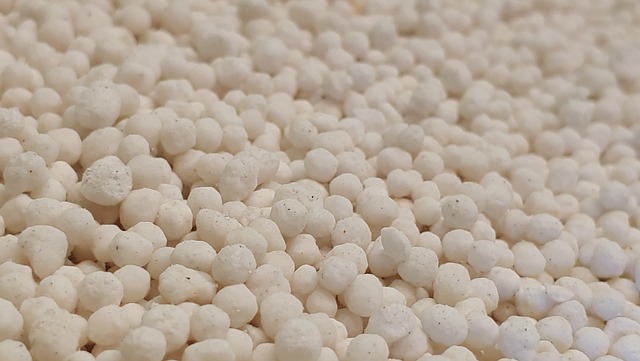
Incorporating organic matter into your soil is essential for growing healthy coffee plants. Organic matter such as compost, decomposed leaves, and well-rotted manure enriches the soil, providing vital nutrients and improving its overall structure. This is particularly important for coffee plants, as they require a steady supply of nutrients to produce high-quality beans.
Using fertilizers can further boost the nutrient content of your soil. Organic fertilizers, such as fish emulsion, bone meal, or blood meal, are excellent choices as they release nutrients slowly and improve soil health over time. Apply these fertilizers according to the package instructions, typically every few months, to maintain nutrient levels.
Additionally, mulching around the base of the coffee plants with organic material like straw or wood chips can help retain soil moisture, suppress weeds, and add nutrients as it decomposes. Regularly replenishing mulch ensures a consistent supply of organic matter to your soil, benefiting the overall health of your coffee plants.



